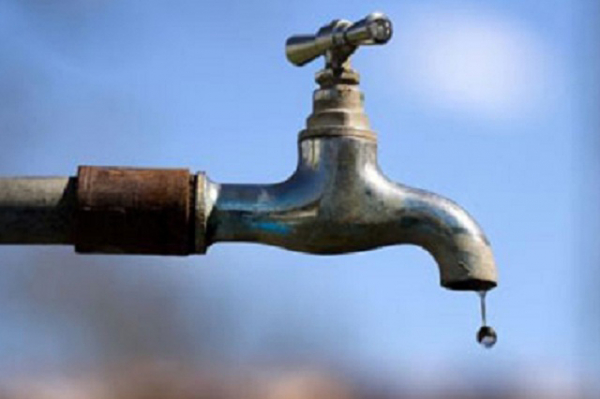
BY VENERANDA LANGA
WATER supplies in many cities and towns in the country are dwindling, while local authorities face additional challenges of shortages of chemicals and broken down pipes and pumps, Lands deputy minister Douglas Karoro has said.
Karoro was giving a ministerial statement in the Senate on the water situation throughout the country.He pointed out that most cities have water which can last them for less than a year.
“Besides the drought-induced challenge of unavailability of raw water, urban water supply in most cities is facing additional challenges due to limited conveyance, pumping and treatment capacities, shortage of chemicals as well as power outages,” Karoro said.
For the City of Harare, Karoro said it has not been abstracting water from Manyame Dam for the past 10 years due to a broken-down lift pump at Morton Jaffrey until December 2019 when the government intervened.
“The ministry is concerned that high water losses in most of the local authorities is due to leakages from old distribution systems. The losses range between 40% and 60% for most authorities and we would implore respective local authorities to address this issue urgently,” he said.
Karoro said: “Gweru water sources are currently at 33% full and can supply the city for approximately nine months. There is a need for the local authority to manage demand, improve pumping from Amapongokwe Dam and restrict water supply to 45ML per day. As for the medium to long term strategy, the Gwenoro Dam wall has to be raised by nine metres and a new water source at Lubongo Dam should be constructed to meet the growing demand.”
Karoro said water sources in Bulawayo were 22% full, which can only sustain for 11 months.
- Chamisa under fire over US$120K donation
- Mavhunga puts DeMbare into Chibuku quarterfinals
- Pension funds bet on Cabora Bassa oilfields
- Councils defy govt fire tender directive
Keep Reading
“When government intervened in March 2020, Bulawayo was pumping three megalitres a day from Nyamandlovu Aquifer. Through the government support, an additional seven megalitres per day was yielded from Nyamandlovu Aquifer to add to Bulawayo’s demand of 155 megalitres per day. The intervention added another 10 megalitres per day.” He said government plans to increase raw water pumping from Insiza and Inyankuni Dams were underway.
Meanwhile, Gwayi-Shangani Dam has received a disbursement of $550 million from the government and the target remains to complete the dam by December 2021. This will provide a lasting solution to the water supply challenges to Bulawayo and the region.”
He said areas that have relatively safe water supply levels include Greater Harare whose sources are left with 18 months of water supply at 800 megalitres per day.
“There is a need for rehabilitation of the distribution network to minimise losses which are up to 60%. There is also a need to improve management of effluent discharges into the water sources estimated at 145 megalitres per day. Construction of Kunzvi and Musami dams by 2022 and 2025 respectively is required to augment water to the city by 600 megalitres per day.” The deputy minister said Mutare has 14 months at 97 megalitres per day of water supply left from the Odzani Dam which is being augmented through pumping from the Pungwe River. Osborne Dam can also supply the city if a treatment plant is constructed, he said, adding, the existing sources are adequate up to 2030.
He said Kadoma had 27 months water supplies left and there is a need to monitor demand on an annual basis and the existing resources were adequate up to 2030. Although Beitbridge had three months left of supplies, the town has back up from Zhovhe Dam, which is at 58,8% full.
Karoro said Kwekwe has seven months supply left at 31 megalitres per day even though there was enough supply up to the next rainy season.











